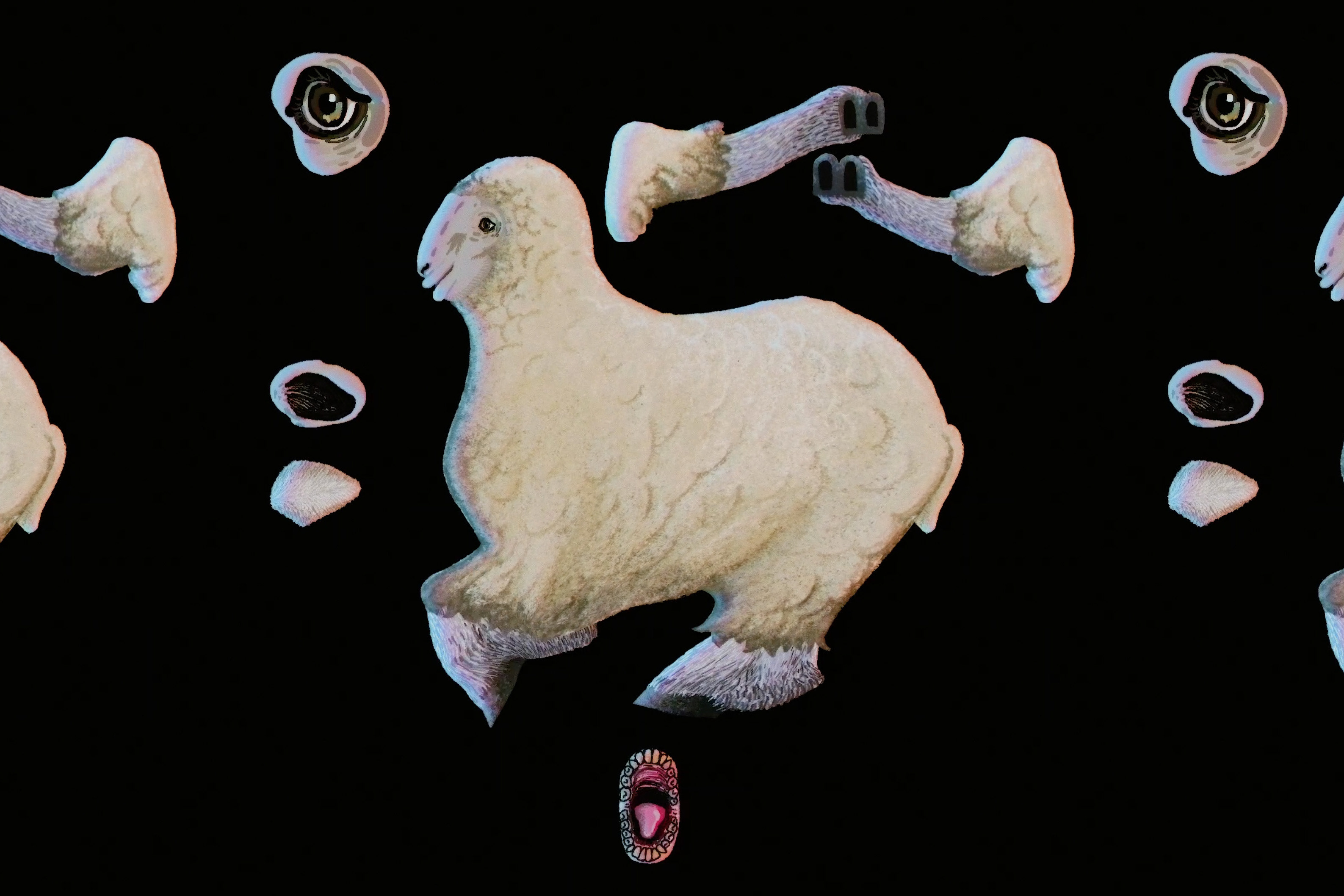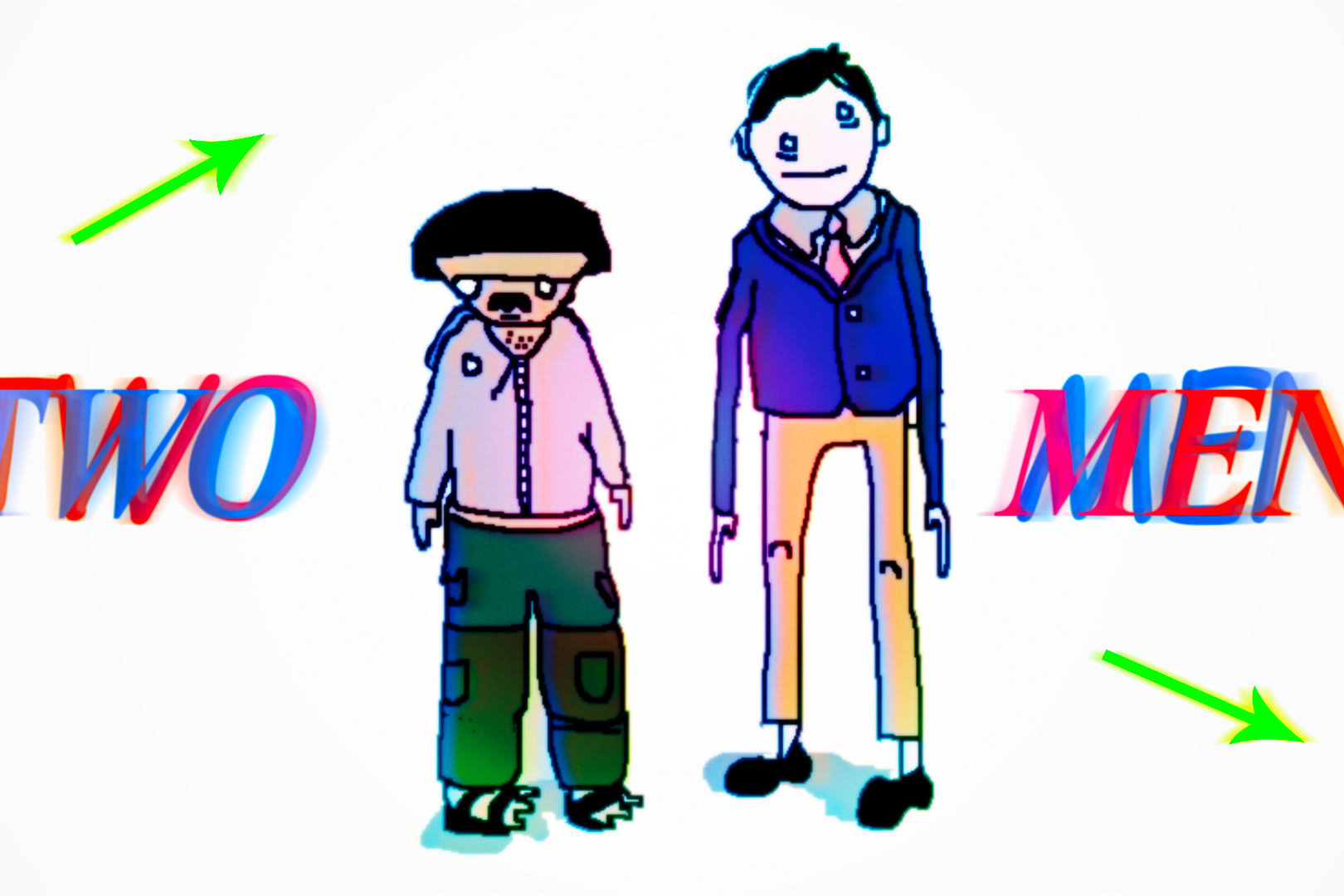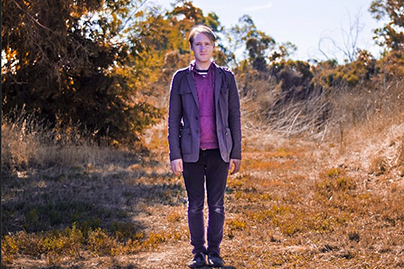Every year we manufacture over 8 billion plastic hangers. These awkward darlings of American consumerism are designed to be cheap, functional, and pretty—but not, surprisingly, recyclable.
Hangers are difficult to recycle because of their funny shape and lack of proper recycling labels. So, most end up in the dump or in donation bins alongside unwanted clothes.
Of those, a lucky few thousand make their way to my local Goodwill every month, waiting for someone like me to transform them.
I’ve spent the last three months attempting to transform these hangers into designed objects for two reasons: first, to add value to a mostly worthless Goodwill donation, and, second, to inspire conversation and curiosity around the global issue of reuse and recycling. My solution was to create furniture.
Hangers are difficult to recycle because of their funny shape and lack of proper recycling labels. So, most end up in the dump or in donation bins alongside unwanted clothes.
Of those, a lucky few thousand make their way to my local Goodwill every month, waiting for someone like me to transform them.
I’ve spent the last three months attempting to transform these hangers into designed objects for two reasons: first, to add value to a mostly worthless Goodwill donation, and, second, to inspire conversation and curiosity around the global issue of reuse and recycling. My solution was to create furniture.
Hanger Furniture #1 is my first creation. It is an intentionally vague object—it could be a stool, it could be a table, an ottoman, etc. This vagueness is meant to invite inquiry. The design showcases the hanger in various opposing states: rough and smooth, rigid and flexible, uniform and random.
The uniform modularity of the hangers allowed me to create a design that is both radially and vertically symmetrical. The support structure of #1, with its meandering hooks and arched bird-cage legs, utilizes the flexion of plastic to create enough strength to support the human body.
Conceptually, #1 transforms the hanger completely; it now functions as a durable piece of furniture. Physically, the “hangerness” of #1 is completely obvious. It is my hope that this particular contrast elevates the plastic hanger into a desirable designed good that invites conversations about reuse and recycling.









